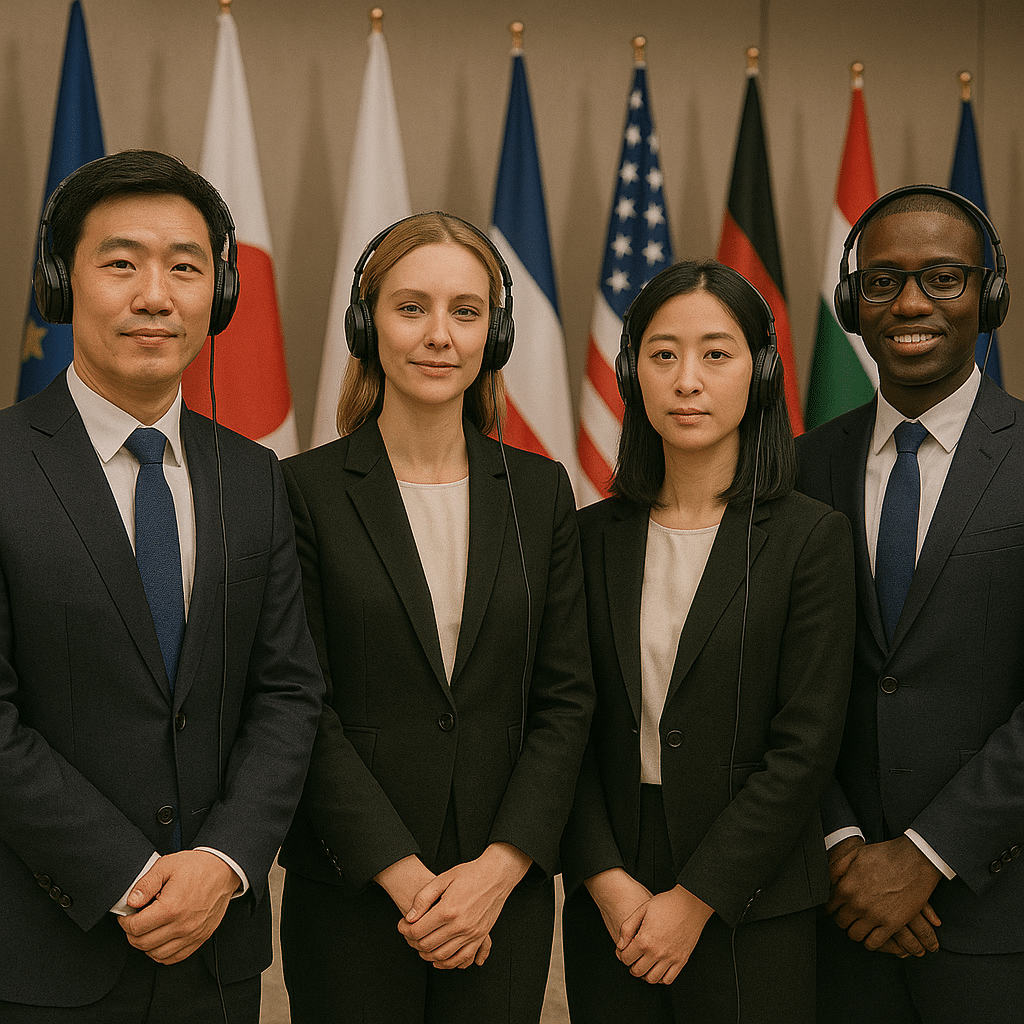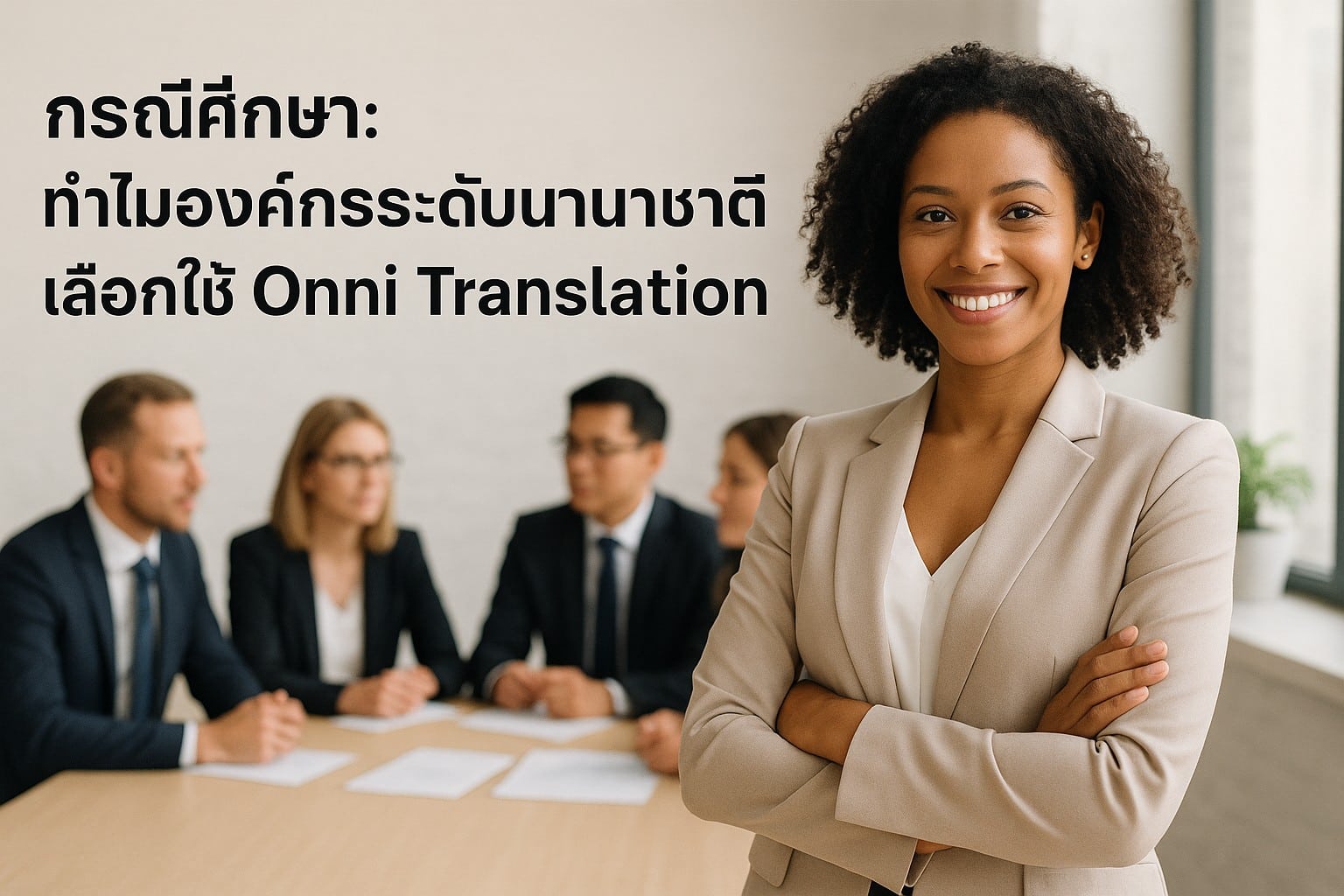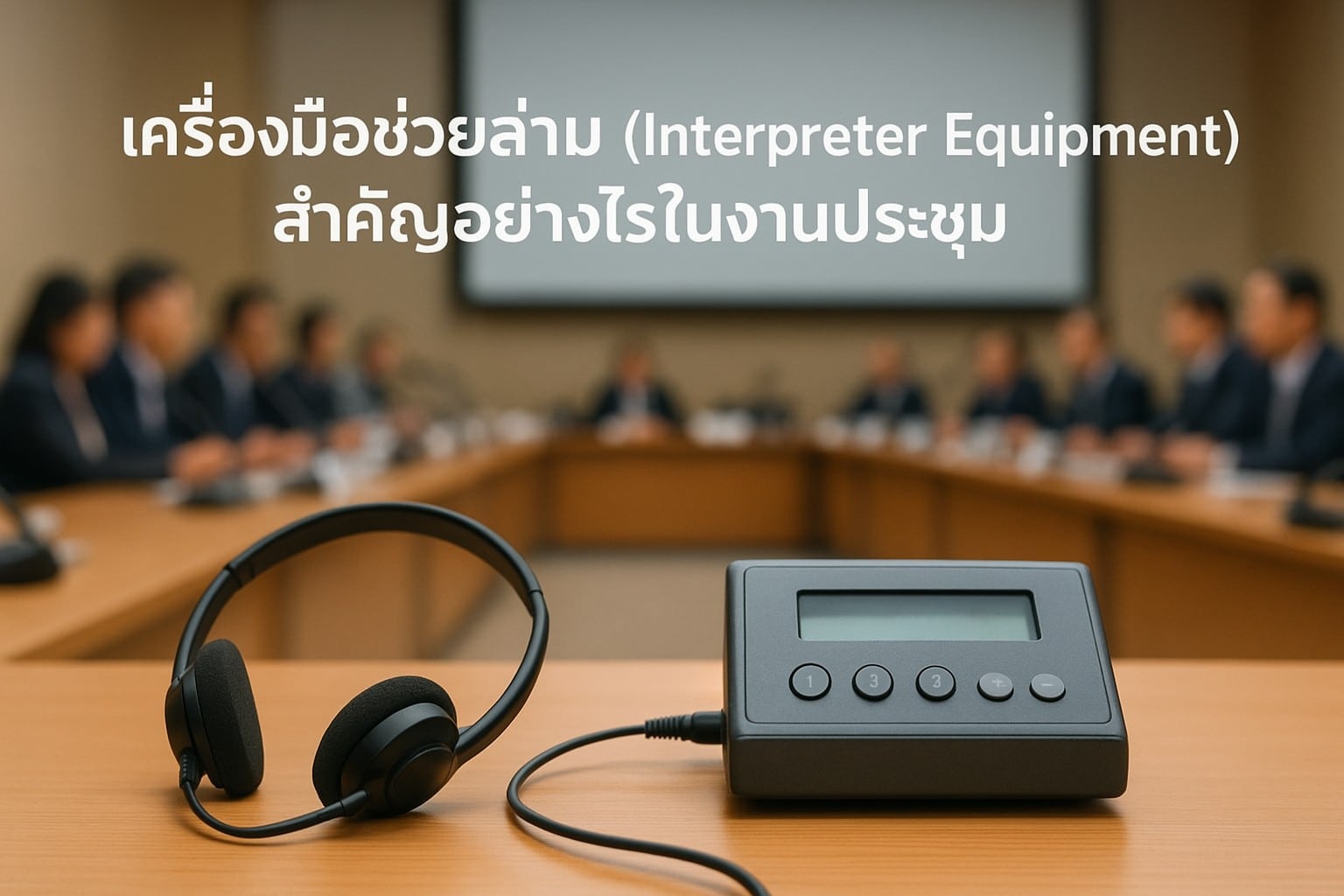
Simultaneous vs. Consecutive Interpreting: What’s the Difference and Which One Suits Your Event?
Simultaneous vs. Consecutive Interpreting: What’s the Difference and Which One Suits Your Event?
When hosting a multilingual event, interpreters play a vital role in ensuring smooth, real-time communication. But did you know there are different types of interpreting? The two most commonly used formats are Simultaneous Interpreting and Consecutive Interpreting. What’s the difference between the two—and how do you choose the right one for your event? Let’s break it down:
🔹 Simultaneous Interpreting – Real-Time Translation
Simultaneous interpreting involves the interpreter translating while the speaker is still speaking. Interpreters usually sit inside a soundproof booth, listening through headphones and speaking the translation into a microphone. The audience hears the translated version instantly through wireless headsets.
Advantages:
Seamless and uninterrupted communication
Saves time
Ideal for large international conferences, academic seminars, and multi-language events
🔹 Consecutive Interpreting – Listen First, Then Translate
In consecutive interpreting, the interpreter waits for the speaker to pause before delivering the translation. They often stand beside the speaker and take notes to aid memory. This method doesn’t require complex equipment and is widely used in smaller, more formal settings.
Advantages:
Requires minimal equipment
Suitable for business meetings, negotiations, press conferences, and one-on-one interpretation
🔍 Which One Should You Choose?
| Event Type | Simultaneous Interpreting | Consecutive Interpreting |
|---|---|---|
| Large audience with multiple languages | ✅ Recommended | ❌ Not Ideal |
| Formal international conferences | ✅ Suitable | ✅ Can work, depending on format |
| One-on-one meetings or business negotiations | ❌ Not Necessary | ✅ Ideal |
| Time-sensitive programs | ✅ Efficient | ❌ Slower pace |
| Budget constraints | ❌ Equipment required | ✅ Interpreter only |
✅ In Summary
Simultaneous Interpreting is best for events that require speed, professionalism, and have a diverse audience.
Consecutive Interpreting is better for smaller settings where interaction and precision are key.
Still unsure which type is right for your event? Consulting with a professional interpreting service provider like Onni Translation can help you choose the most suitable solution based on your event format, goals, and budget.



